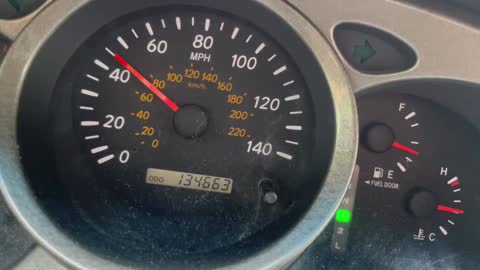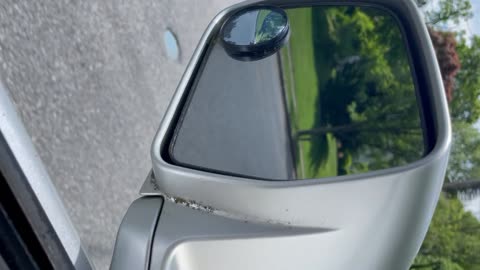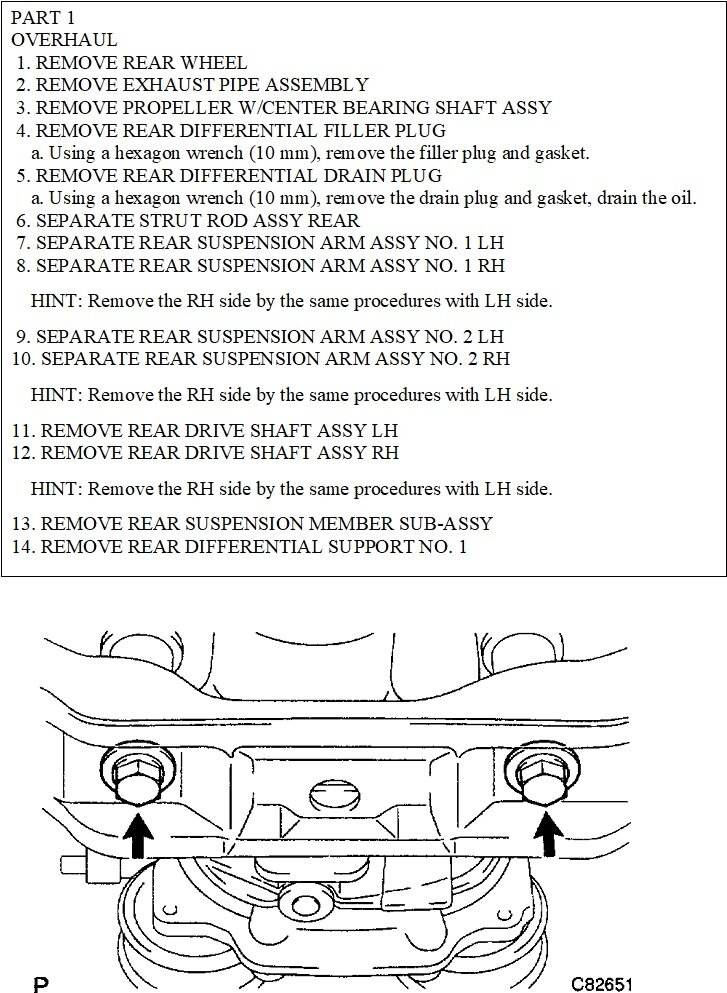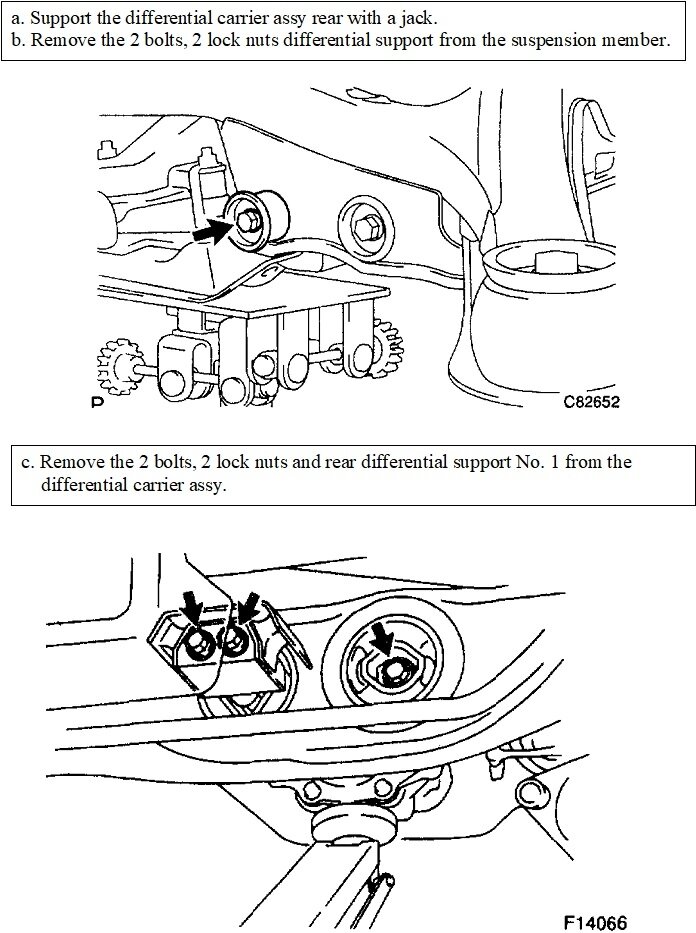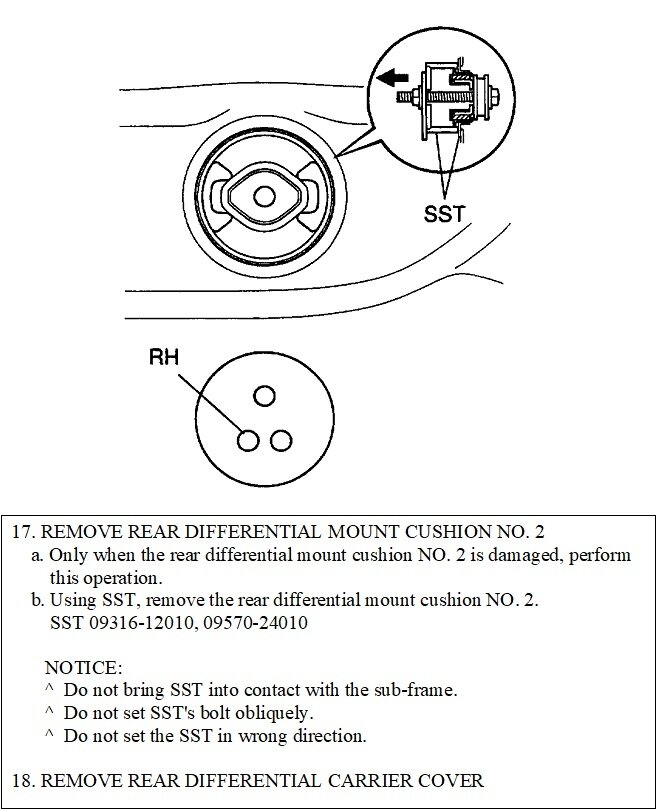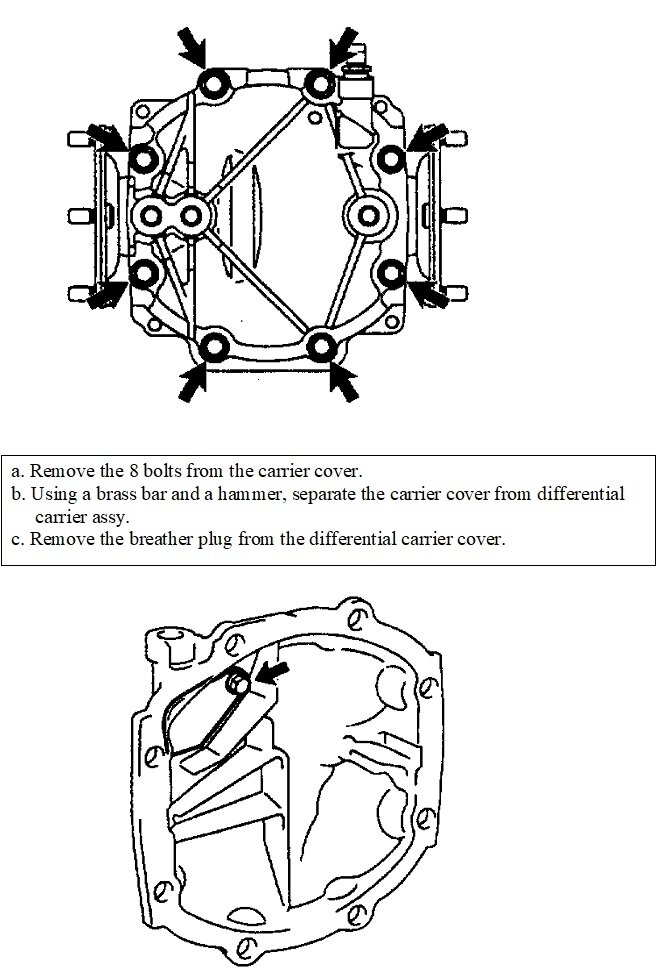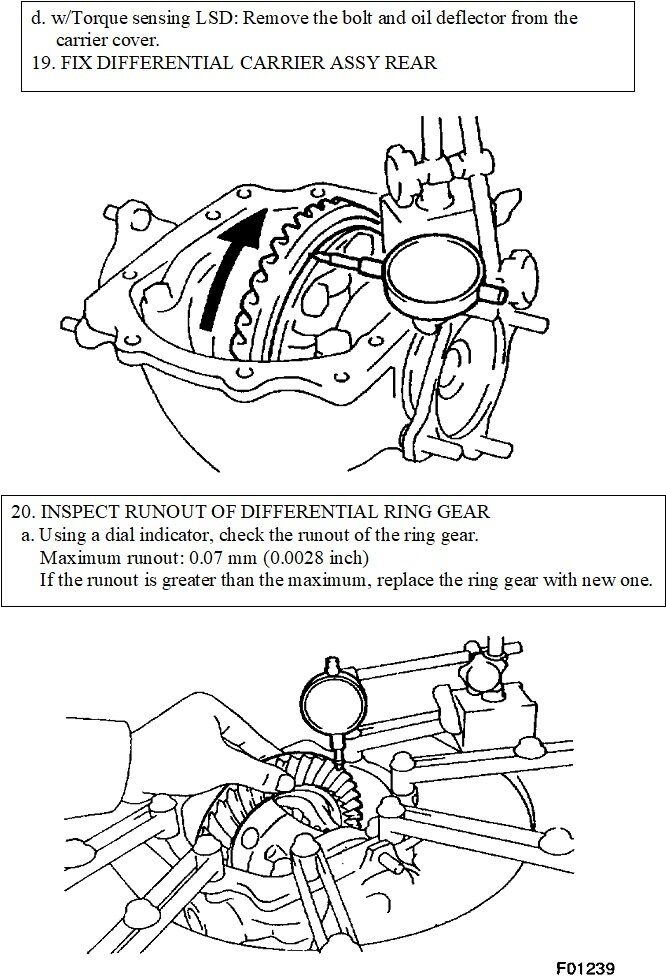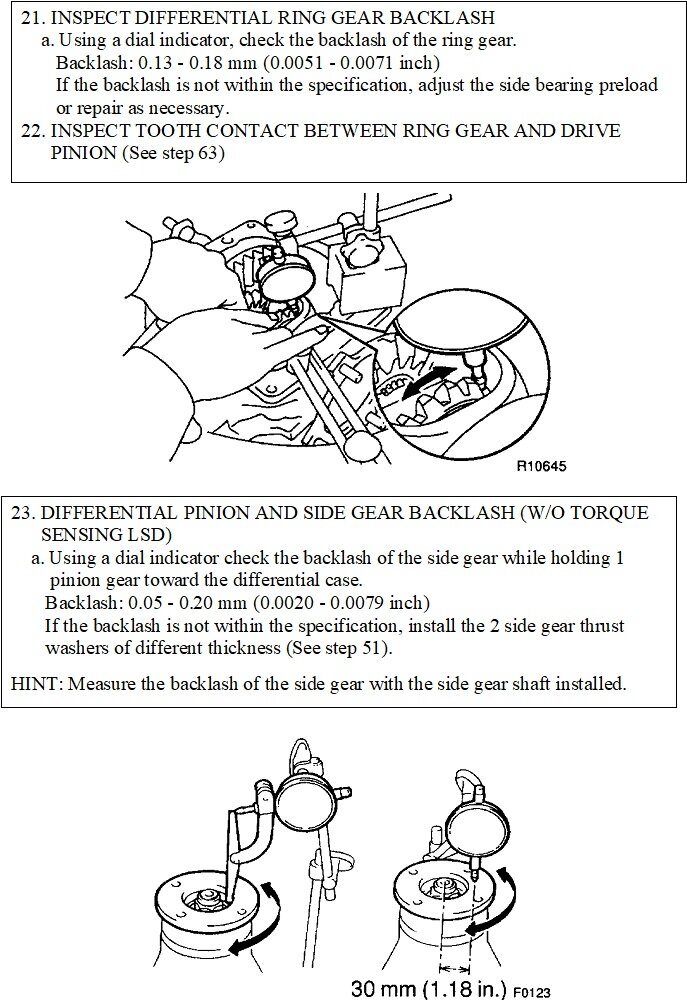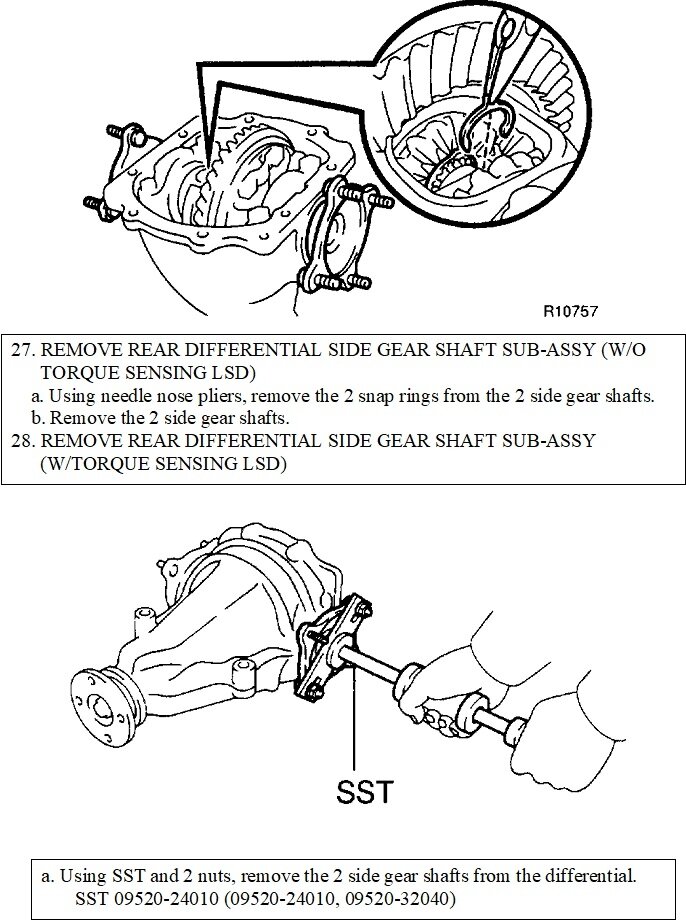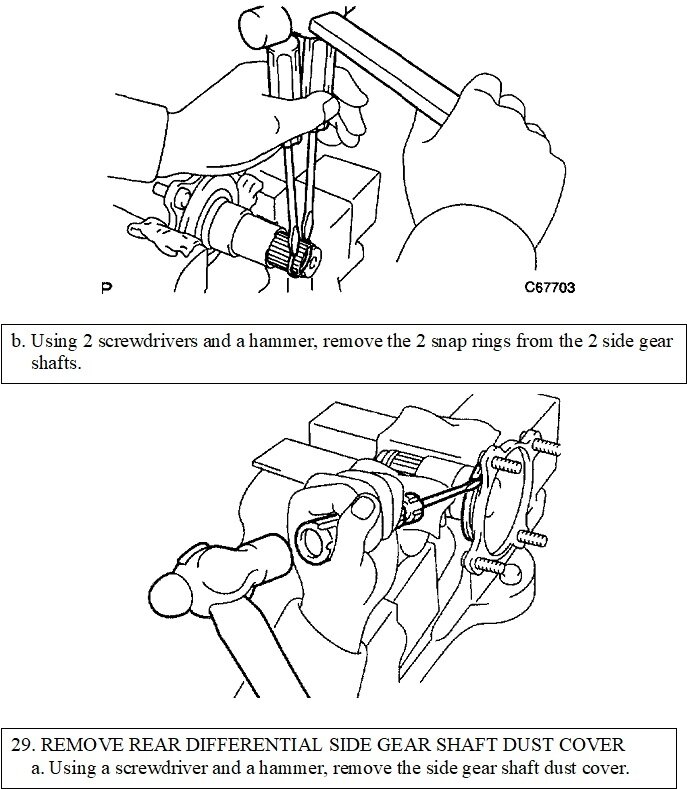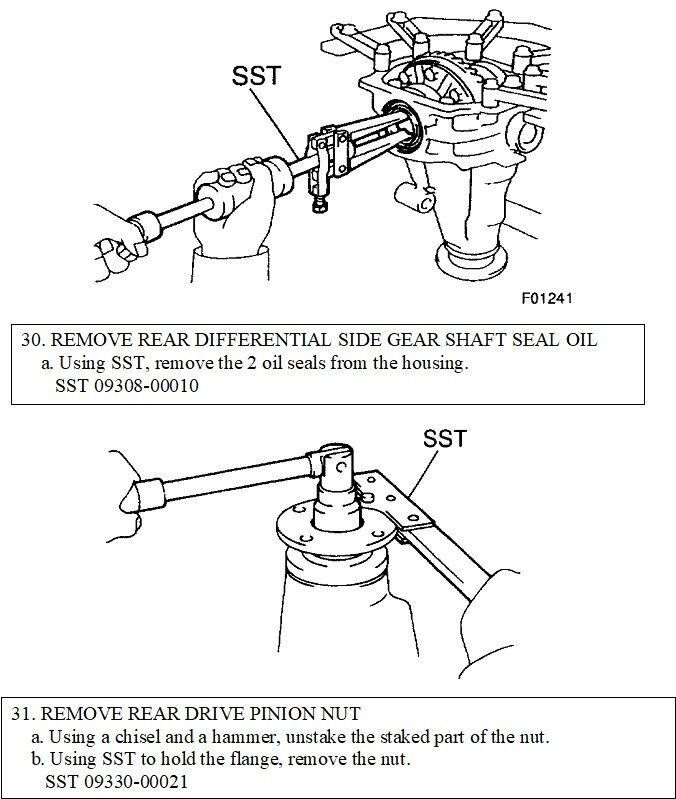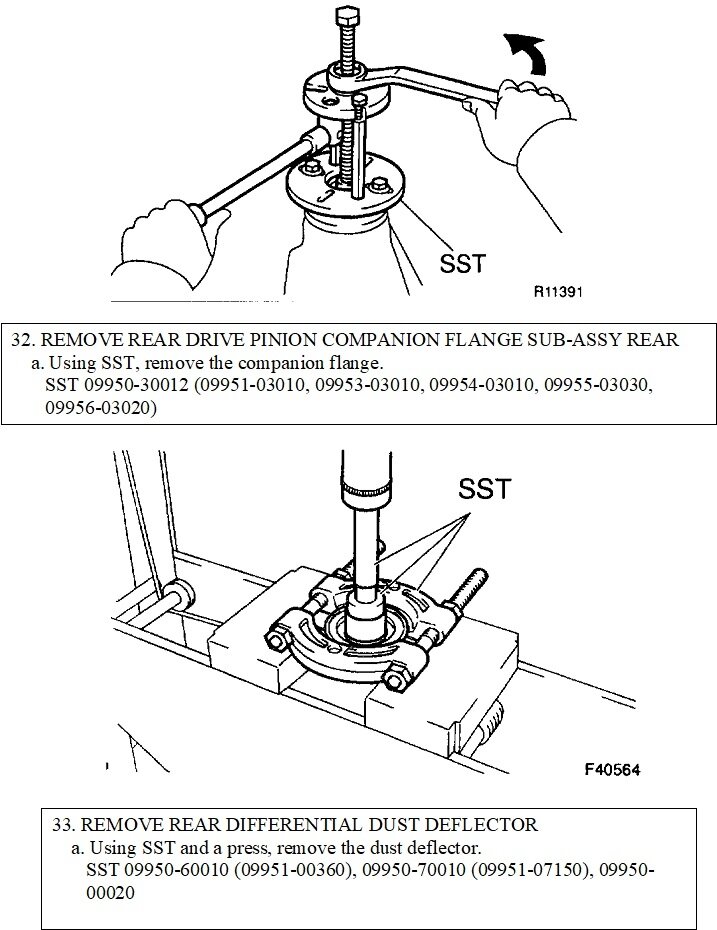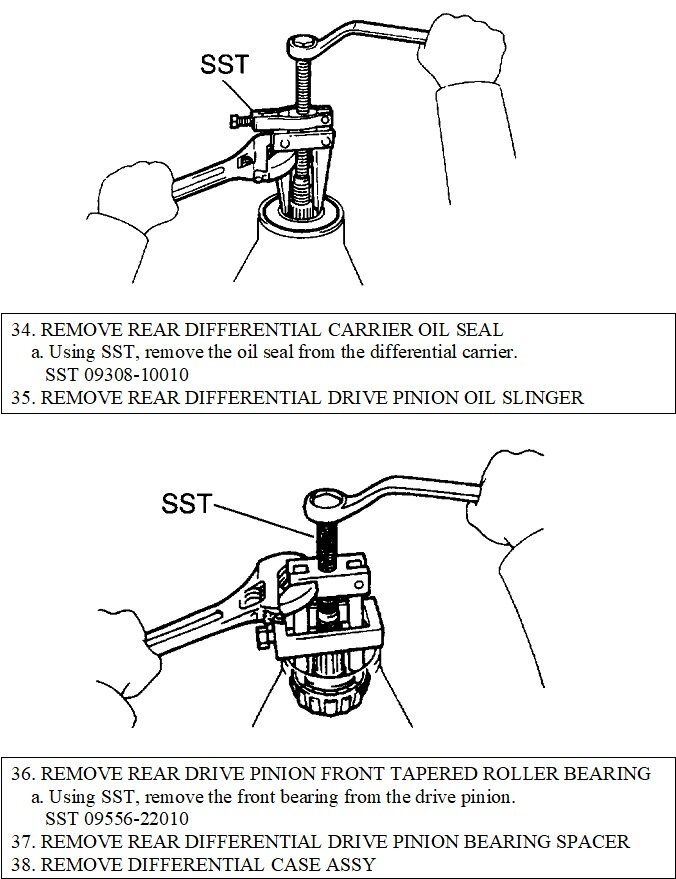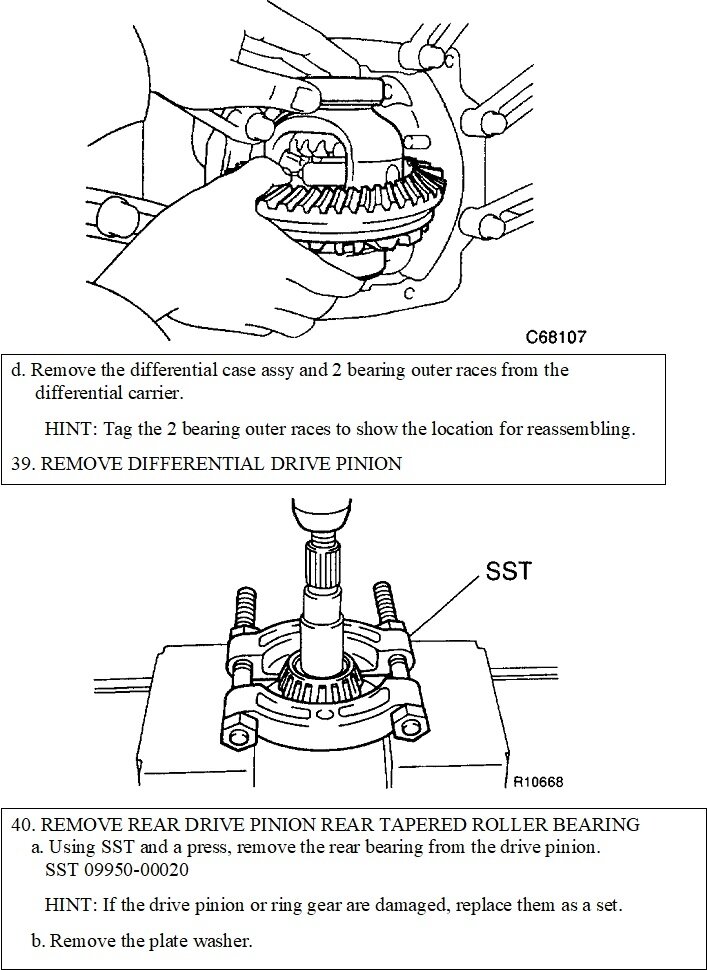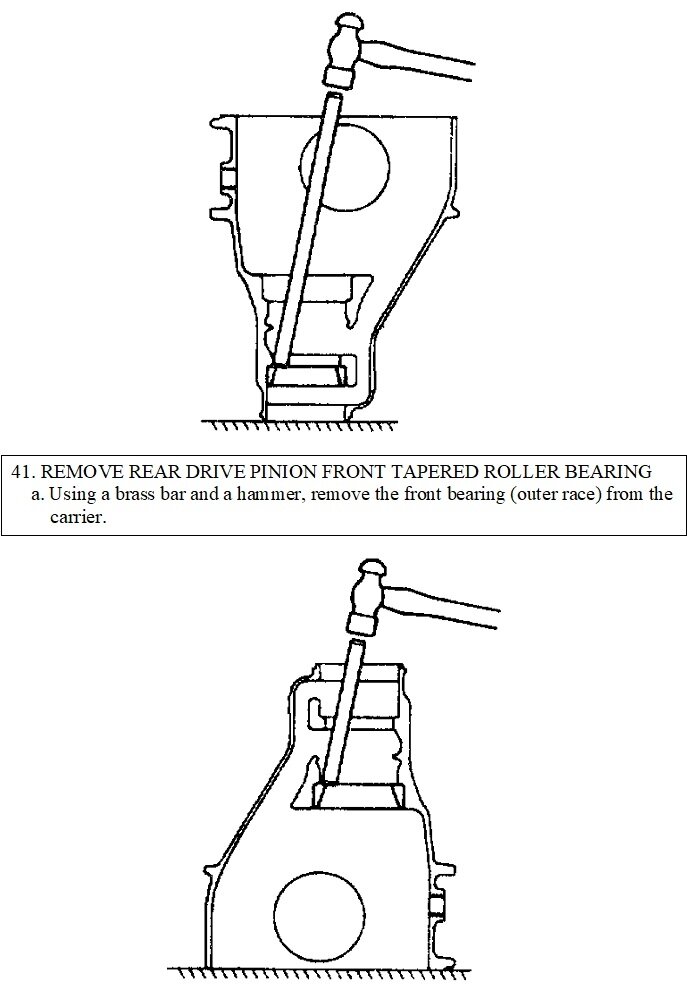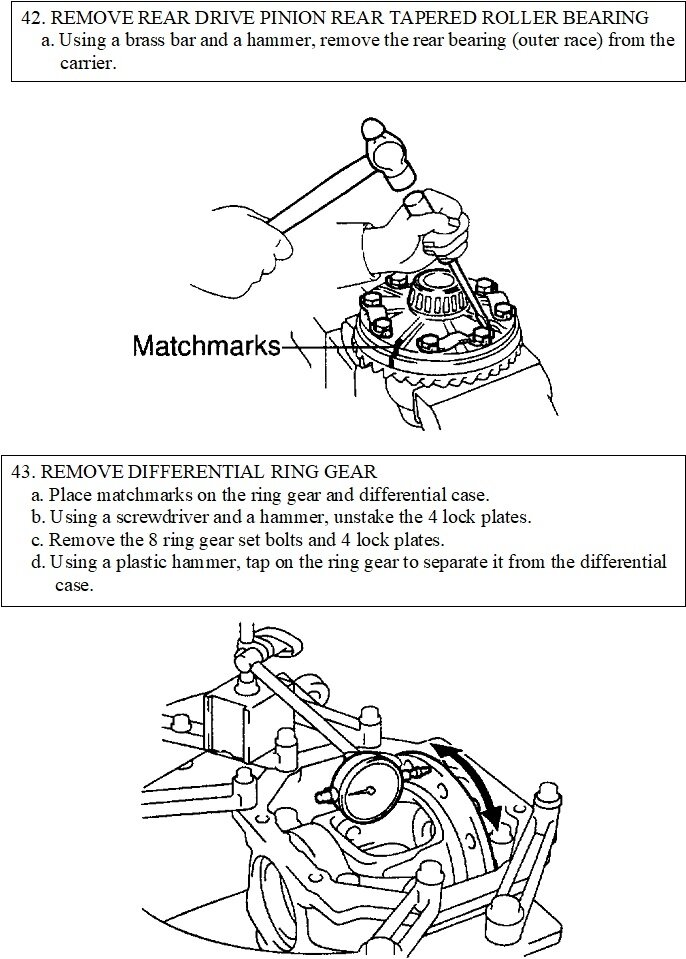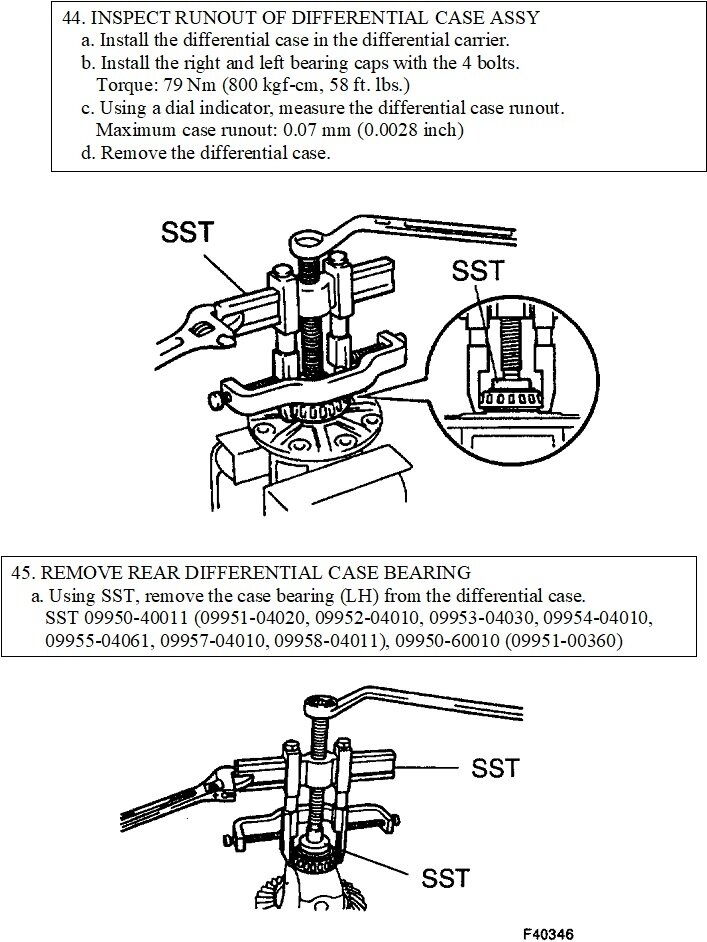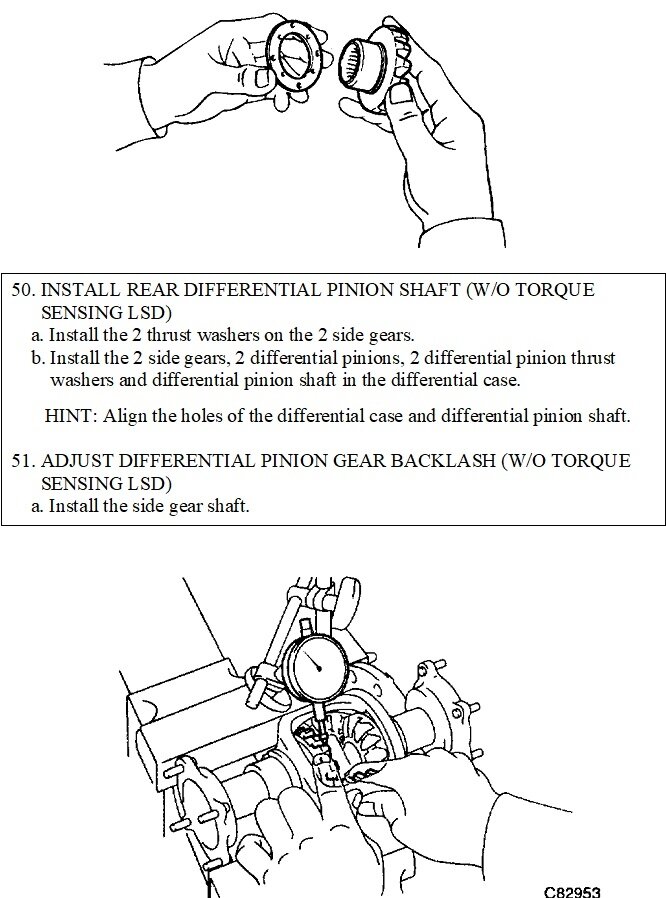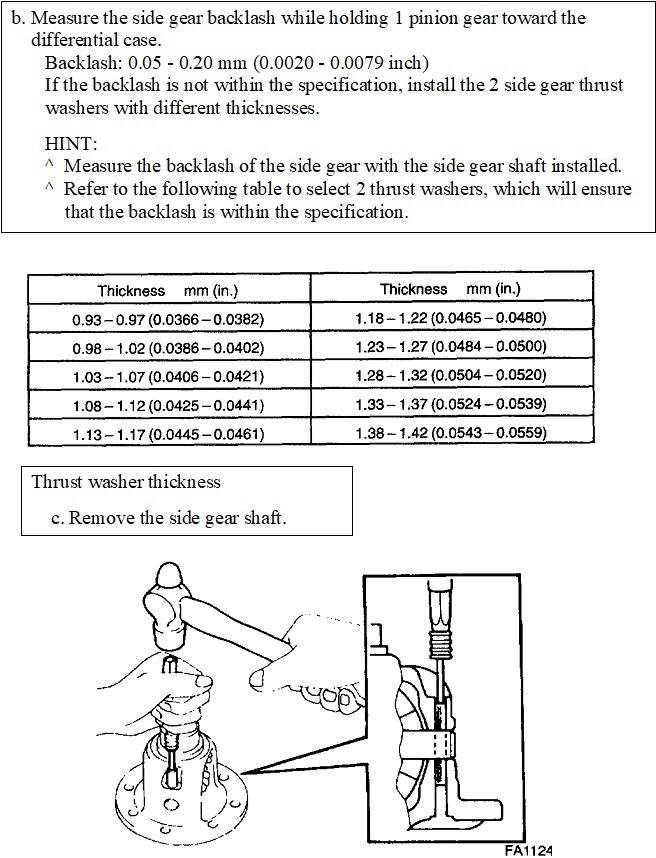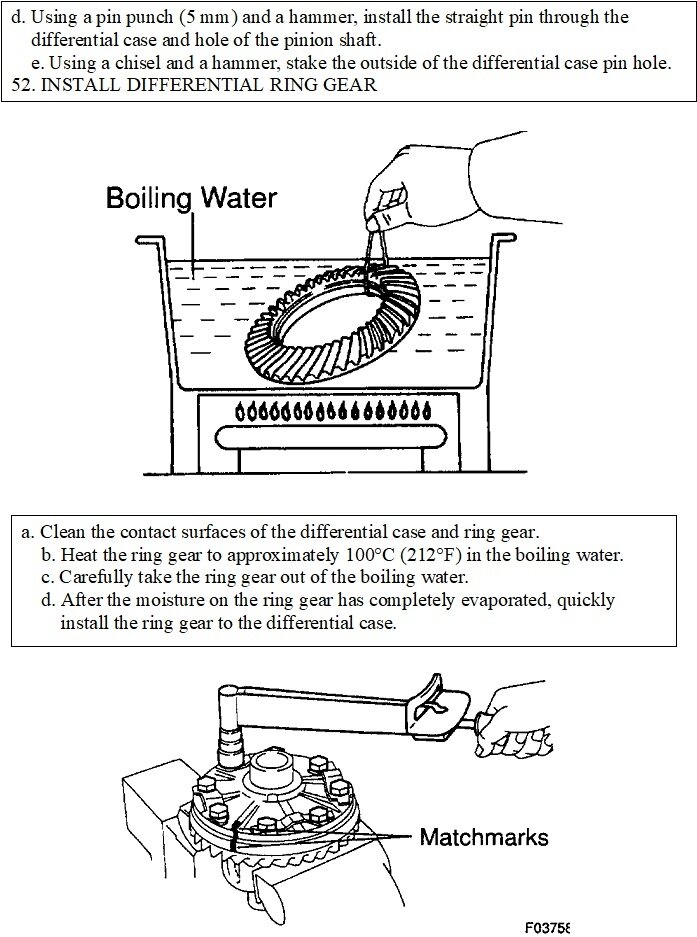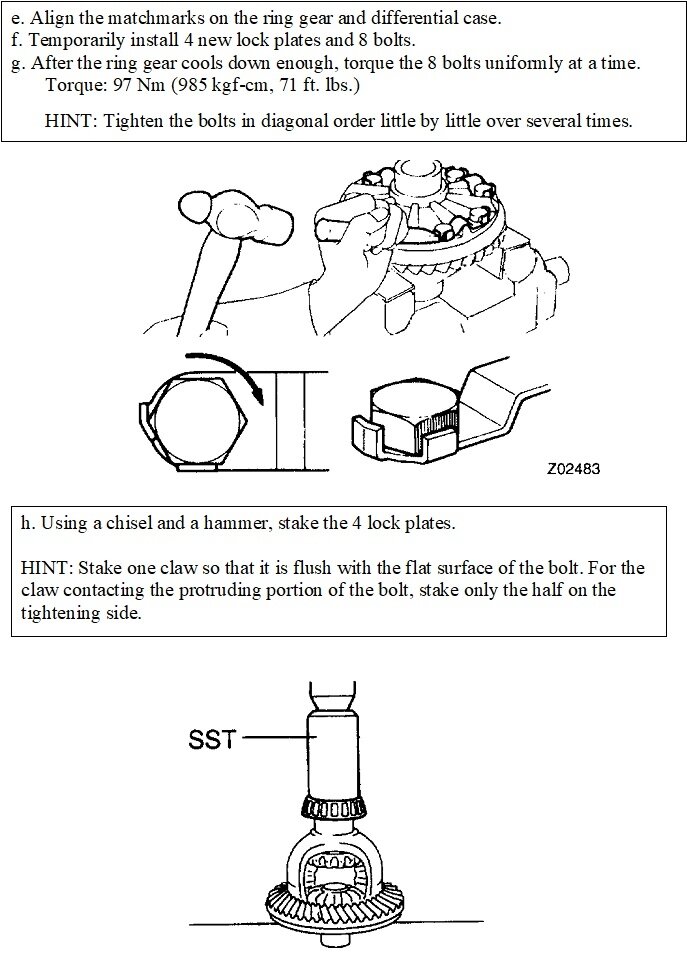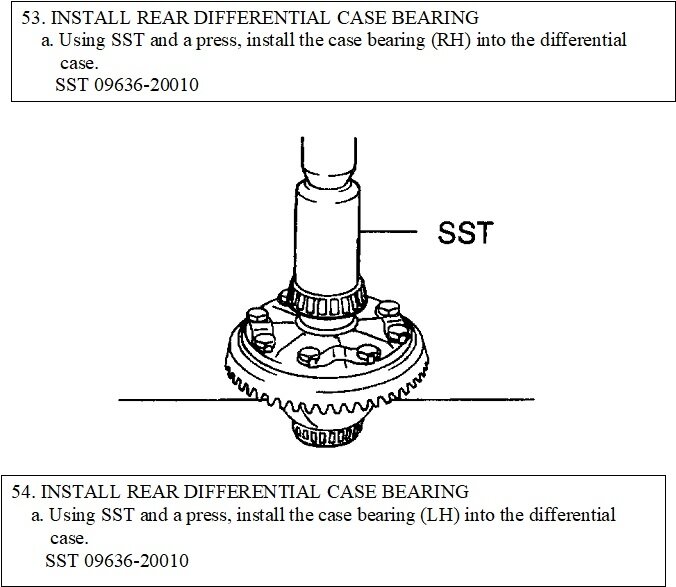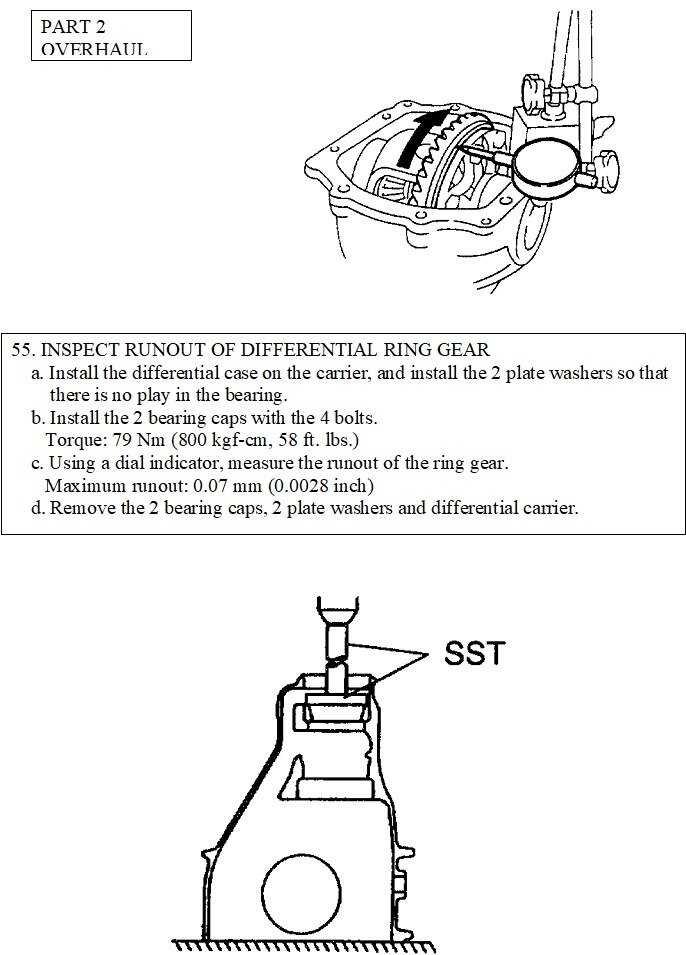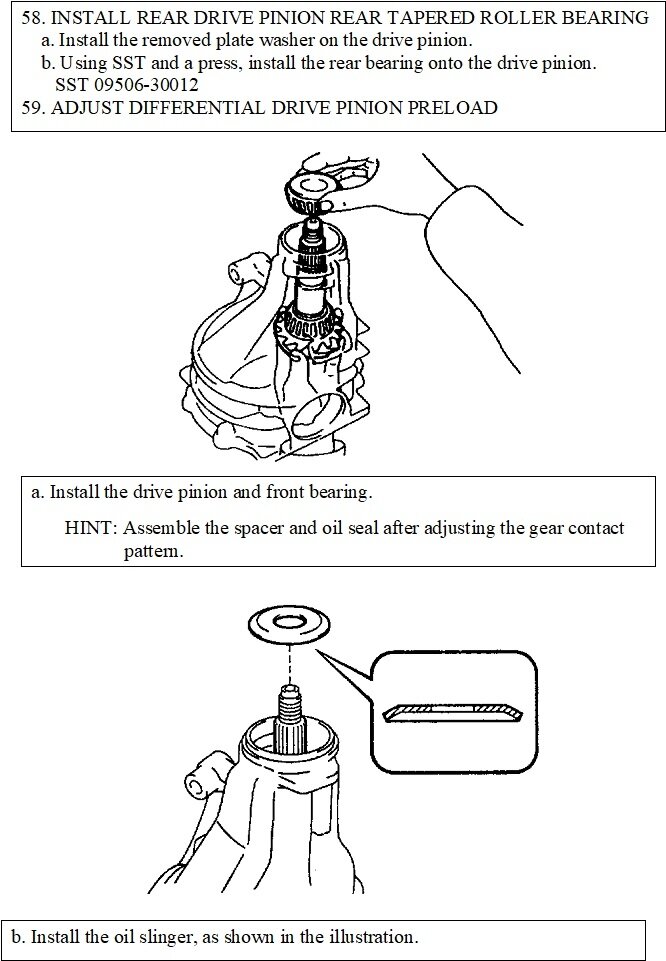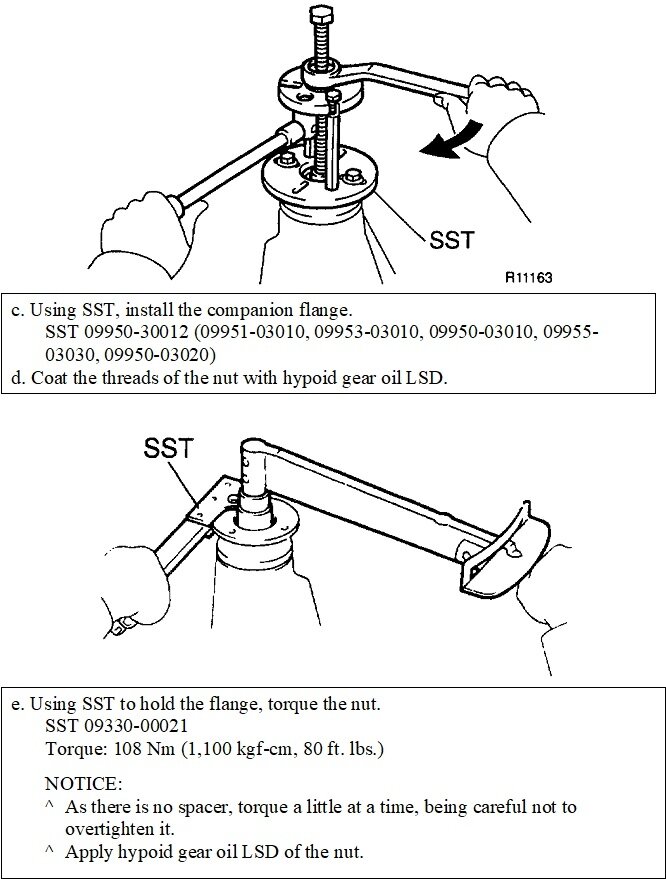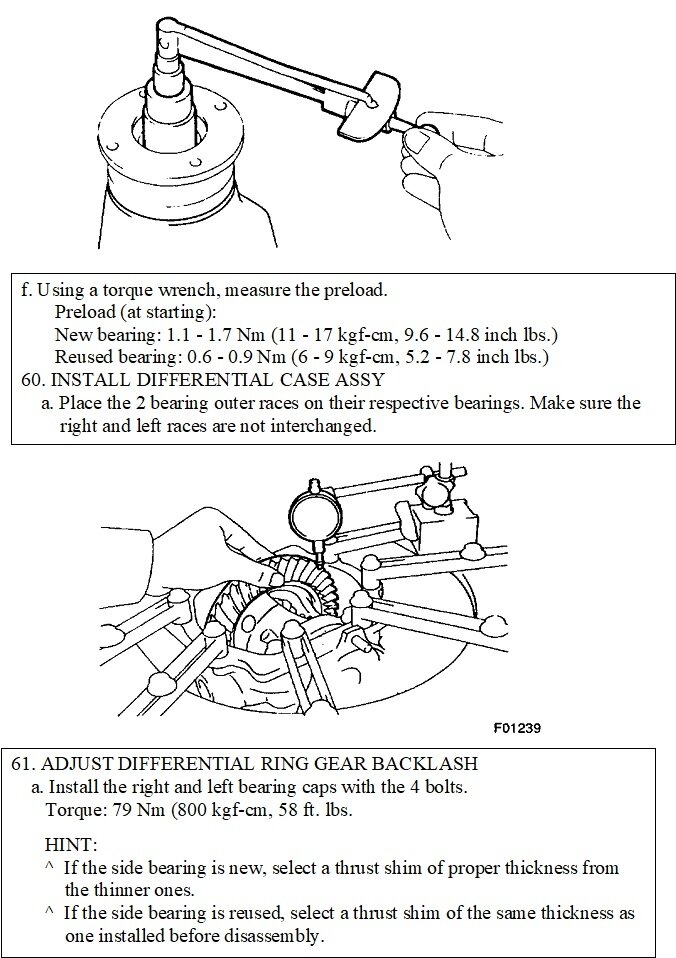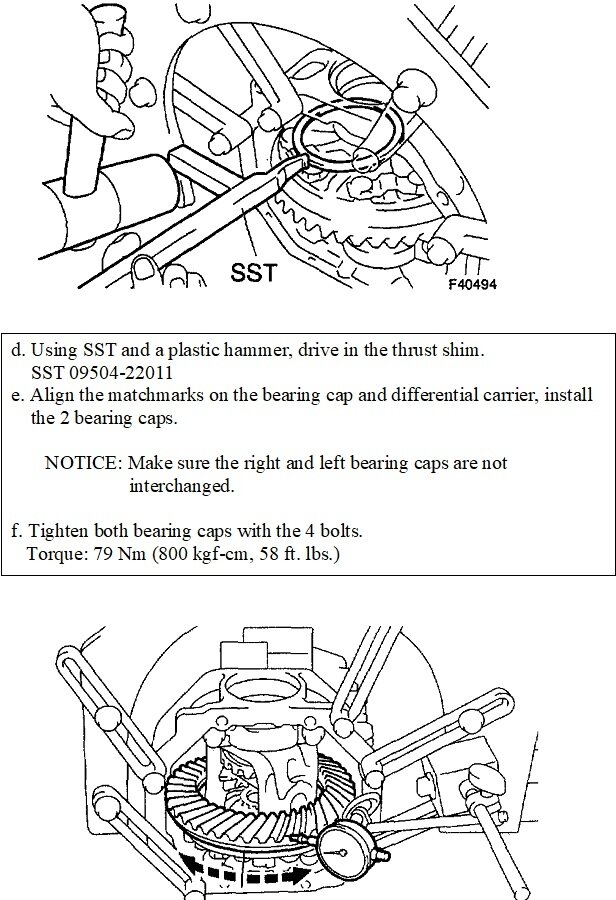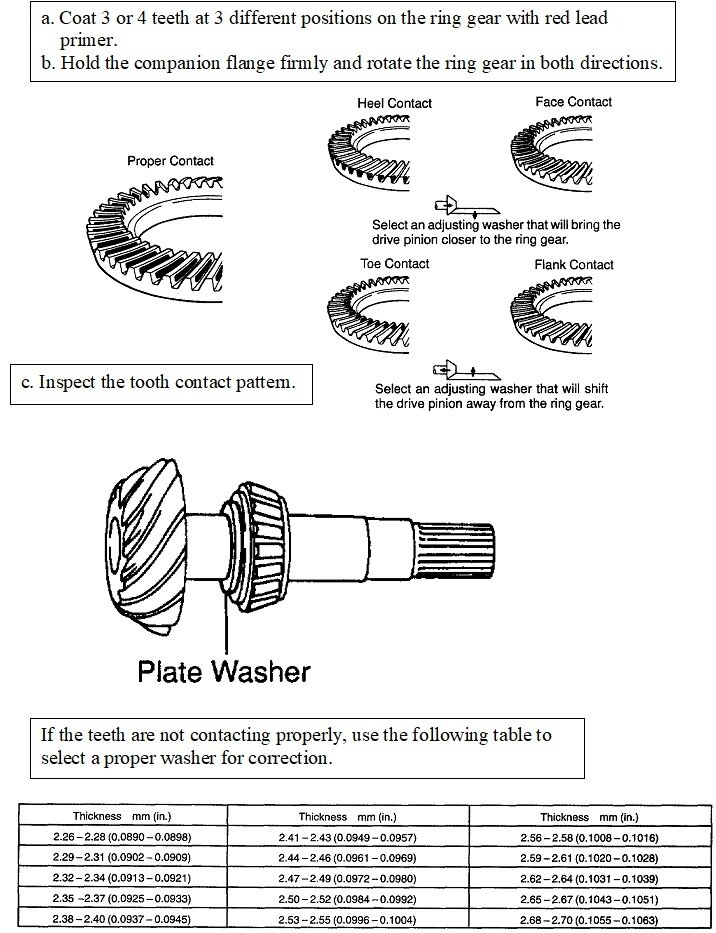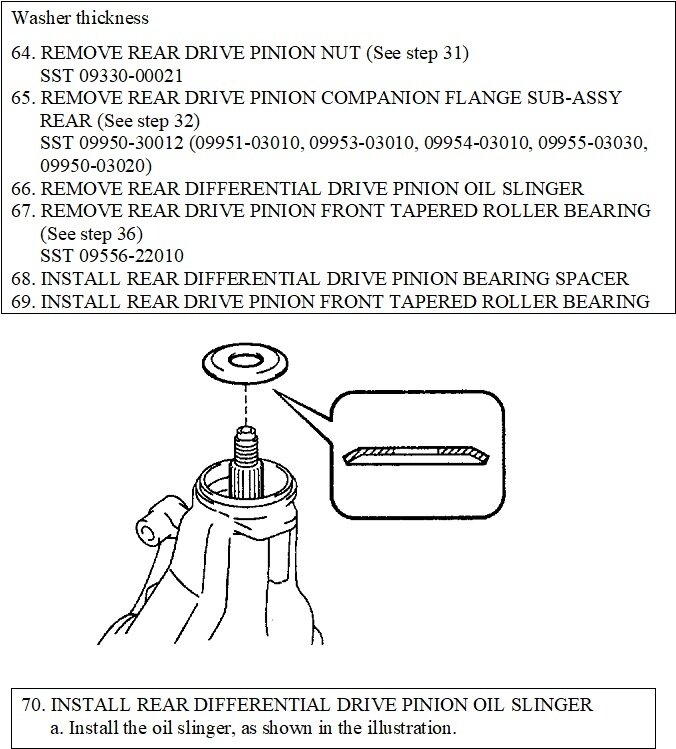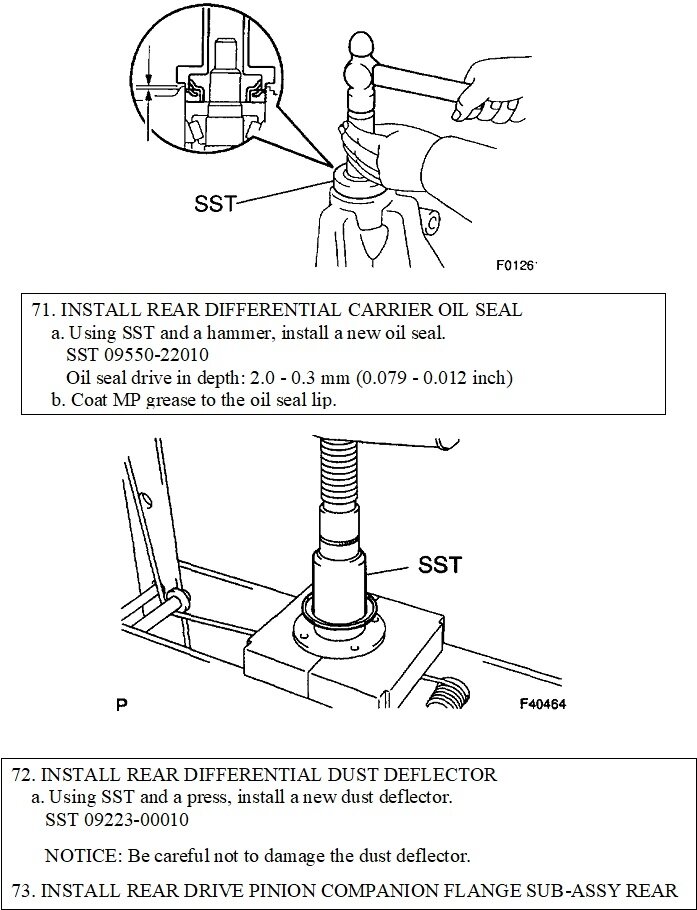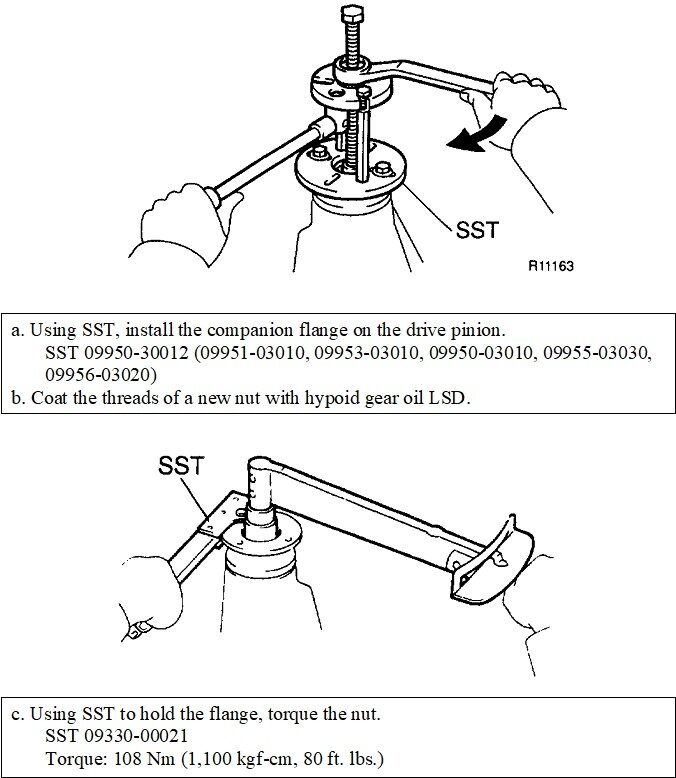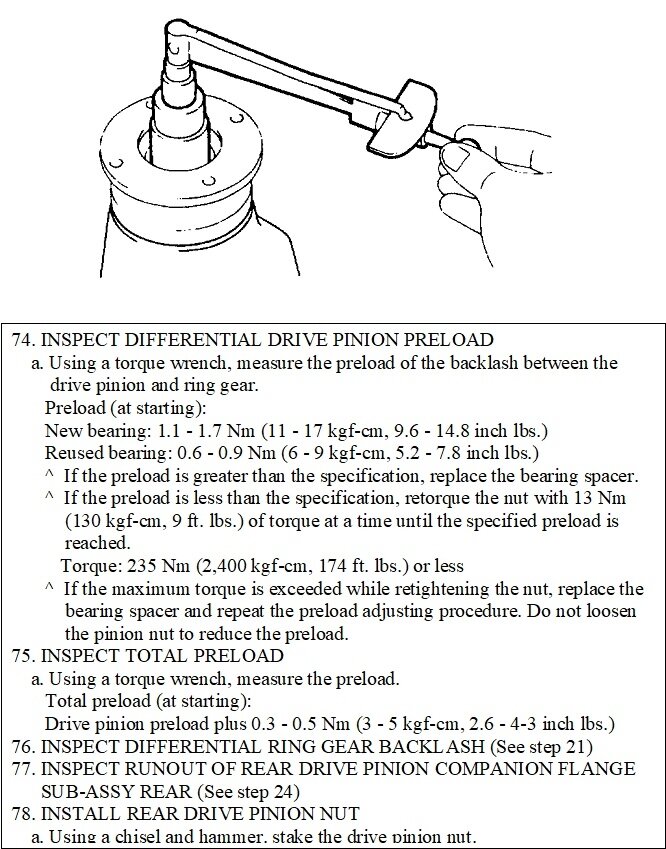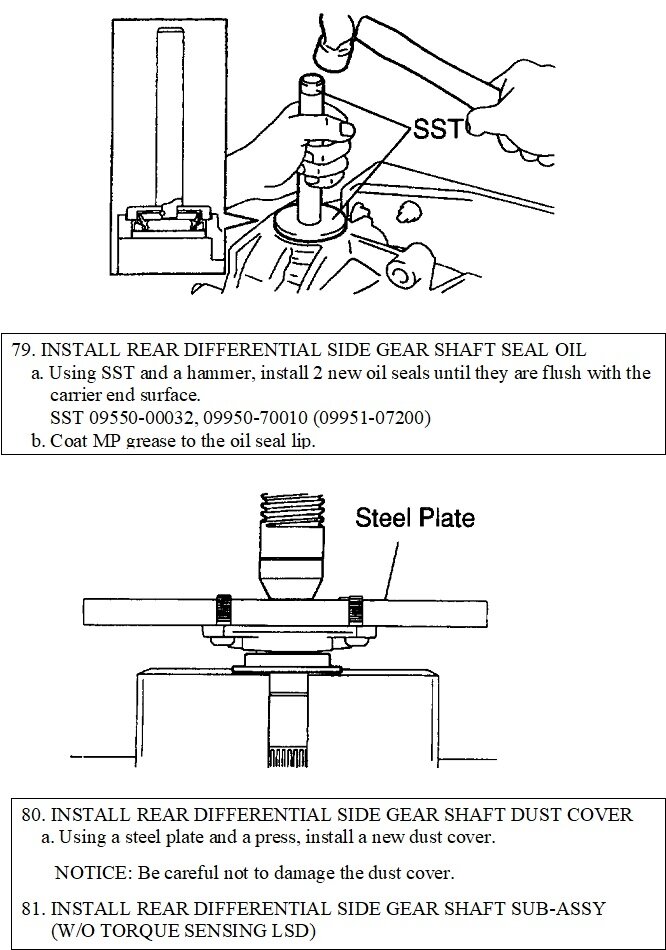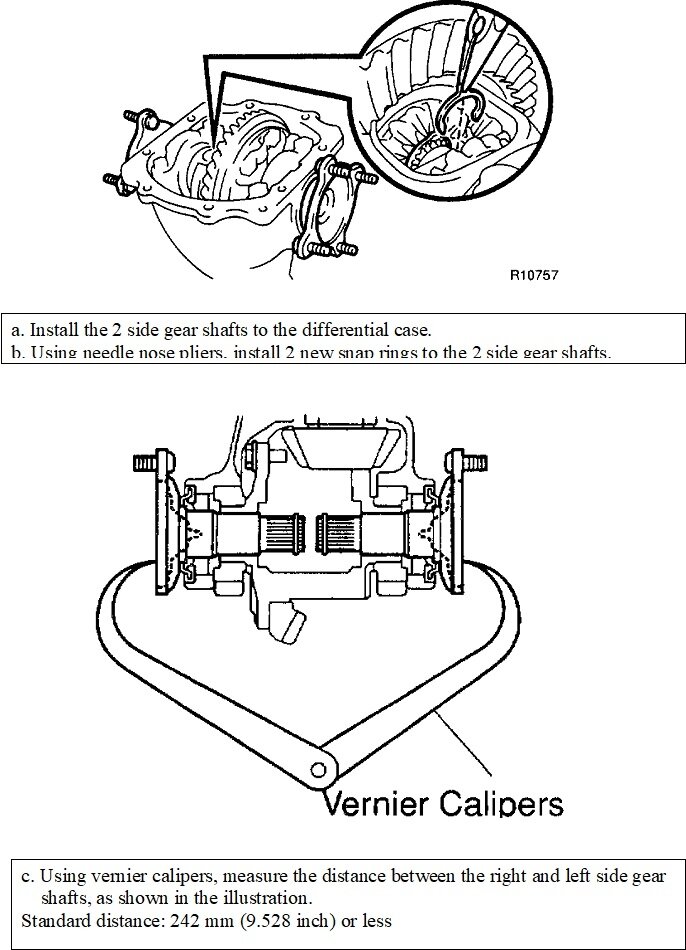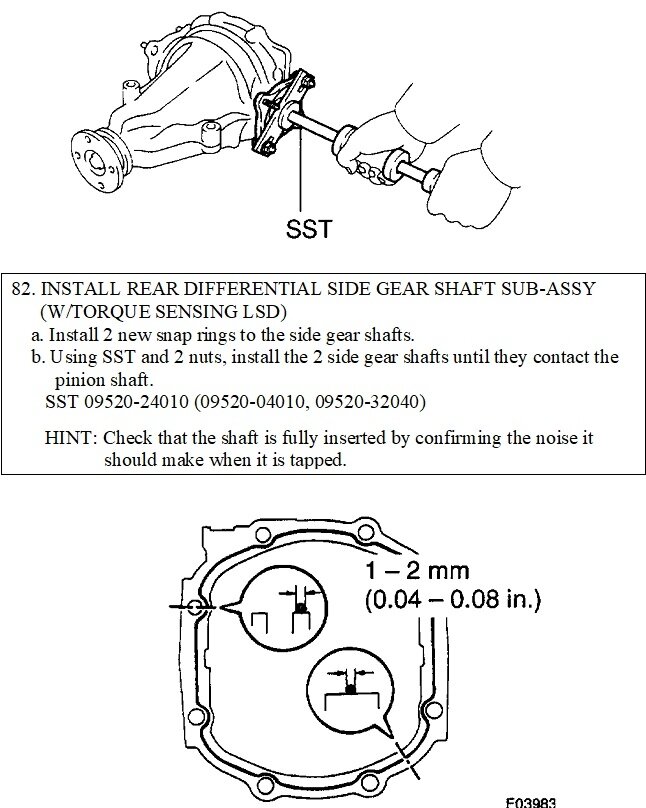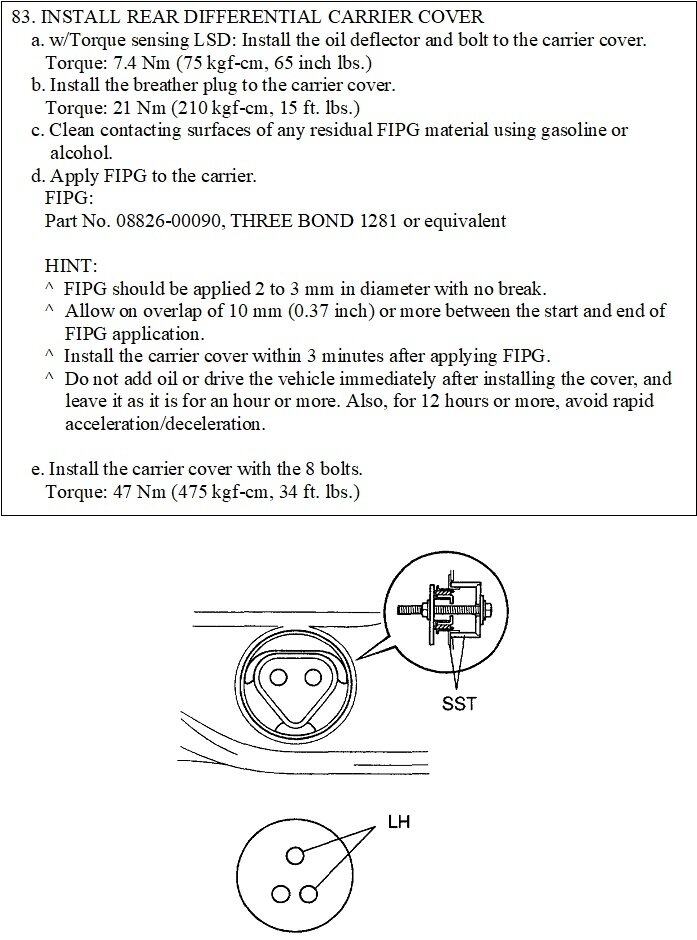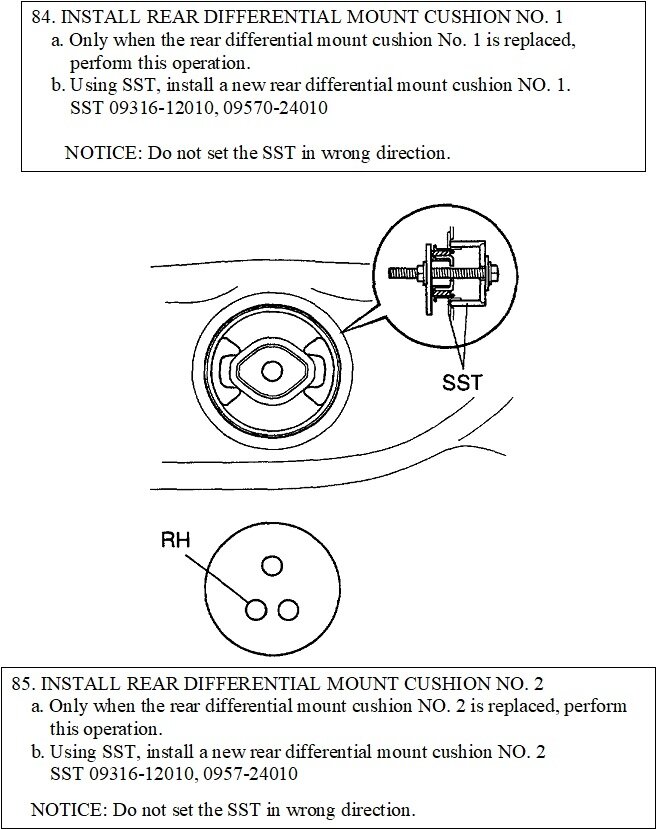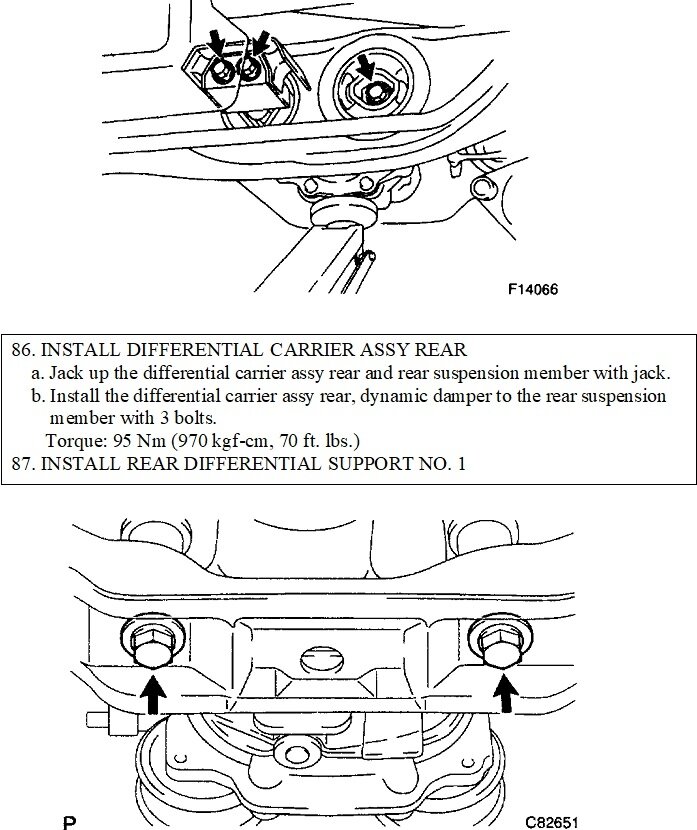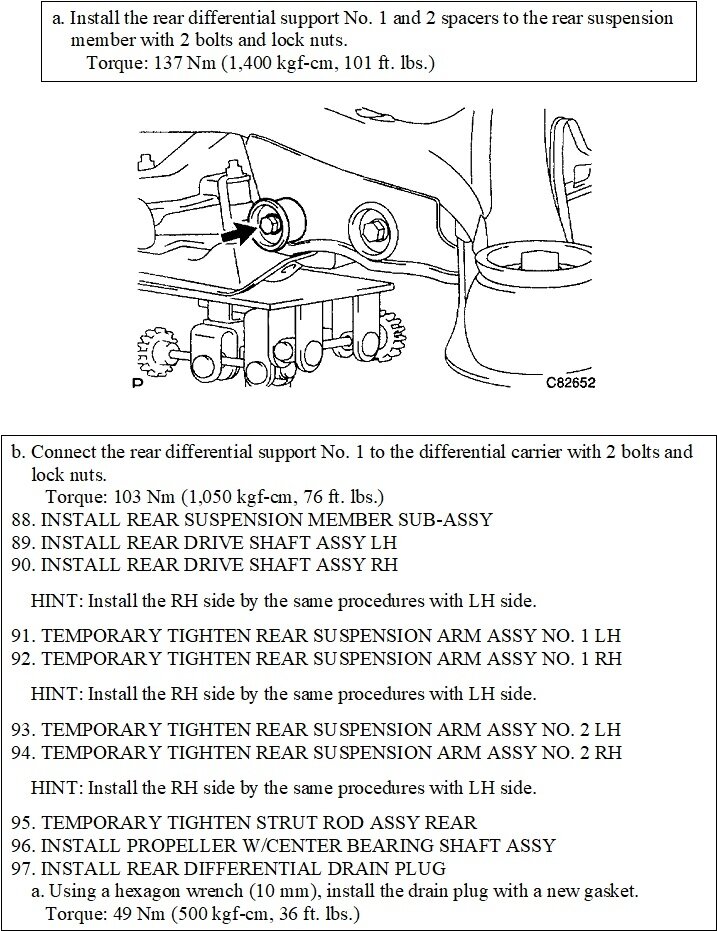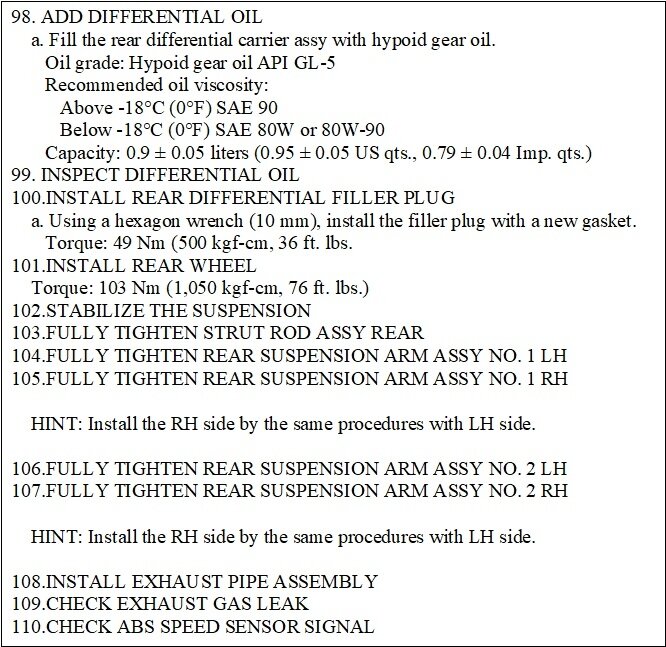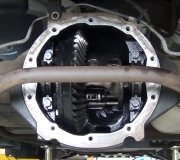I've had it since 90,000, and I need to step up my maintenance game. Regular oil changes, brakes, but not much else.
I noticed a noise I couldn't quite put my finger on, so I took it to a couple of reputable transmission shops. Both told me it's the rear pinion bearing. Please excuse my ignorance and lack of knowledge, I'm 24 and learning as I go. I am very fond of doing everything I can on my own.
I have been tirelessly searching for another reliable used vehicle. No exaggeration, for weeks now hours a day. The market is depressing, prices are sky high, nothing's really catching my eye, and more often than not the seller doesn't respond when I am legitimately interested.
With this being said, I am exploring more into the idea of fixing what I have. The last transmission shop I brought it to recommended getting another 02 highlander and swapping out the rear end. I have been exploring this, looking at cheap 02s.
My dilemma there is that the cheaper ones typically are high mileage, is a 250k rear end going to be better than mine?
Should I purchase new parts / bearings for mine and simply fix what I have?
I have swapped out a rear end on an 05 Liberty with my father, my father is an experienced mechanic but unfortunately we are estranged. I wish I had his knowledge but I simply don't, I want to learn. I am physically strong, and I have some tools but need to get more. One of the largest struggles I have had when working on this car is the amount of rust underneath.
I am fairly confident that with the knowledge and tools, I can fix this situation.
Can anybody help point me in the right direction? Please let me know what other information you might need.
Thanks again, you guys are the best on this site
Cas
SPONSORED LINKS
Tuesday, July 16th, 2024 AT 9:16 AM
